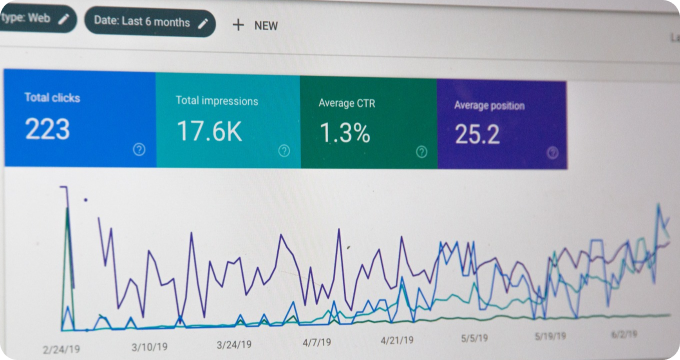Dual Diploma Programs Industry Report: Unveiling Key Findings and Insights
- November 28, 2023
- 2 minutes
Dual Diploma Programs (DDPs) have been gaining significant traction, reshaping the global education landscape with their innovative academia-industry interface. This industry report will unpack key findings and insights about the DDP industry, offering an in-depth understanding of the educational sphere.
To commence, it's best to comprehend what a DDP essentially is, and its benefits. It is an educational pathway that allows students to simultaneously study for two different university degrees, thereby broadening their learning horizon and equipping them with a more comprehensive and interdisciplinary skillset. Traditionally, the academic journey has been rather linear - students select a single major and delve into that field. DDPs, however, disrupt this linear approach and provide a unique chance to amalgamate distinct disciplines in a single academic journey, thus fostering a multidimensional understanding.
The DDP concept is not confined to certain geographic locations or selective universities; instead, it has gained acceptance in universities worldwide. From Ivy League institutions such as Harvard and Yale to premier institutes in Europe and Asia, DDPs have become a part of the academic offerings. The when of DDPs traces back to a few decades ago, but it has assumed greater significance in the current competitive job market that demands a multifaceted workforce.
The distinctiveness of DDPs is situated in the how of their approach. The programs undertake a careful integration of two distinct fields, creating a curriculum that offers a balanced, holistic education. The pedagogical approach is meticulously designed to ensure students receive a thorough understanding of both majors without feeling overwhelmed.
From an economic perspective, DDPs reflect a strategic investment by the student and their family. Students gain a competitive edge by acquiring a more comprehensive skill set, thereby enhancing their employability potential. This is particularly relevant in a world driven by constant innovation and the need for a multidimensional workforce.
In terms of trade-offs, DDPs do present a challenge in terms of invested time and resources. They often take longer to complete than traditional degree programs and may require a more significant financial outlay. However, these challenges must be weighed against the potential benefits, such as the broader skill set, higher employability, and the unique interdisciplinary understanding that DDPs offer.
From a statistical standpoint, the DDP industry has seen steady growth over the past few years. More universities are introducing DDPs in their curriculum, and more students are opting for DDPs, indicative of a rising trend.
From a sociological lens, the emergence of DDPs signifies the shifting contours of the academic world that increasingly acknowledges the value of interdisciplinary learning and the need for a dynamic, multifaceted workforce.
In conclusion, as institutions continue to recognize the benefits of DDPs, students are offered an enriched learning experience that helps them stand out in the competitive global job market. While DDPs require significant investment, the return on investment is potentially great, considering the broader skill set and higher employability prospects they provide. As this industry report has detailed, the DDP trend signals an exciting shift in the global academic landscape.
Learn More
Unleash your academic potential and broaden your horizons by delving deeper into our enlightening blog posts about dual diploma programs. For a comprehensive understanding, they are encouraged to explore our meticulously curated rankings of Top Dual Diploma Programs.
Popular Posts
-
 11 Compelling Reasons Why You Need to Enroll in a Dual Diploma Program
11 Compelling Reasons Why You Need to Enroll in a Dual Diploma Program
-
 How to Budget Effectively for Dual Diploma Programs
How to Budget Effectively for Dual Diploma Programs
-
 Ask These Questions to a University Advisor to Choose the Right Dual Diploma Program for You
Ask These Questions to a University Advisor to Choose the Right Dual Diploma Program for You
-
 How to Hire the Best Candidates from Dual Diploma Programs
How to Hire the Best Candidates from Dual Diploma Programs
-
 4 Things I Wish I'd Known About Dual Diploma Programs Before Enrolling
4 Things I Wish I'd Known About Dual Diploma Programs Before Enrolling






